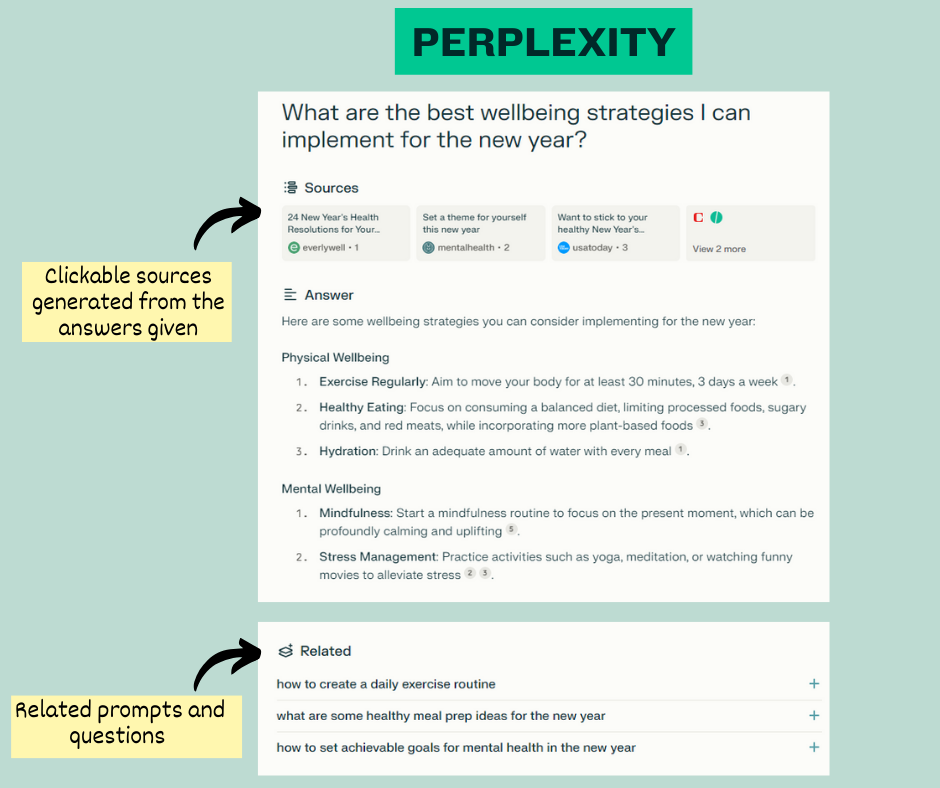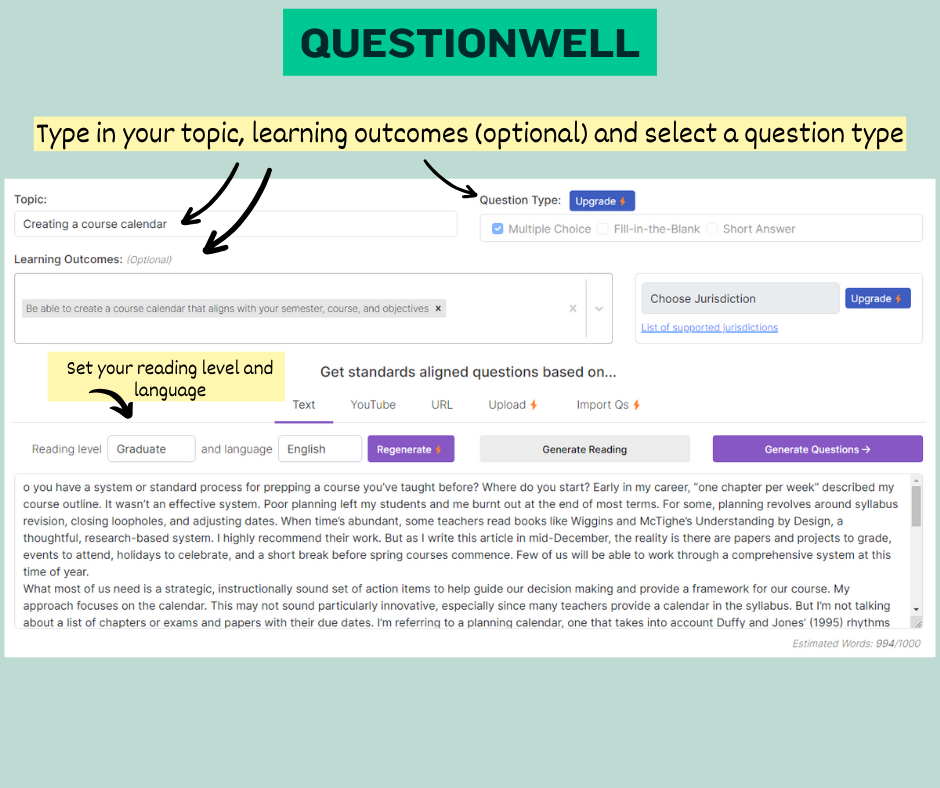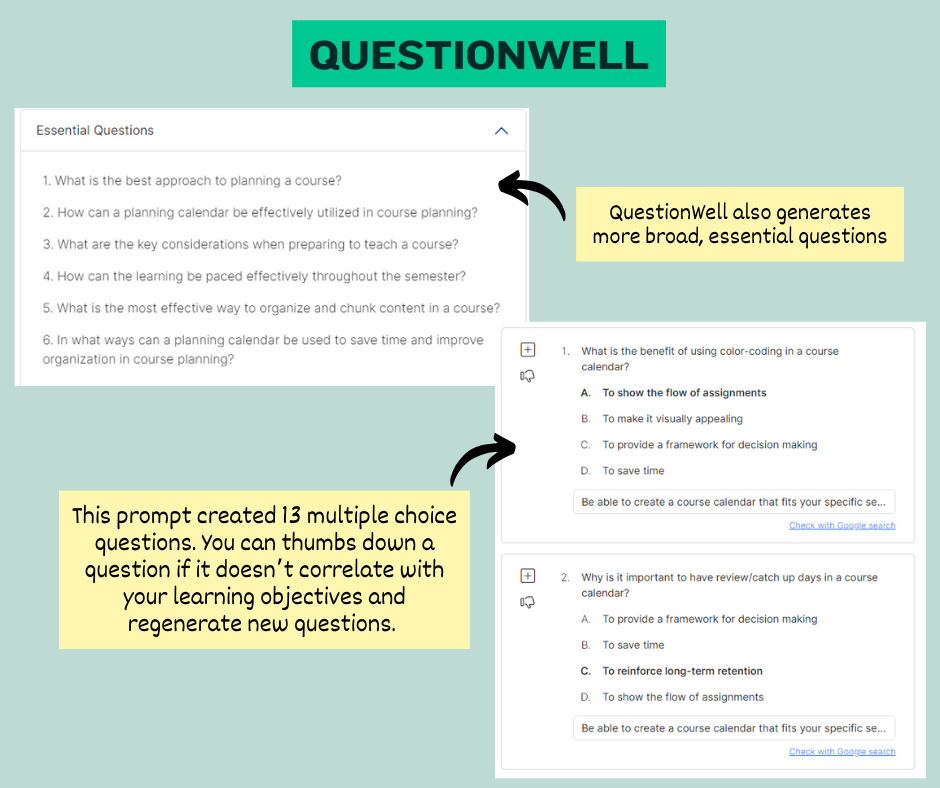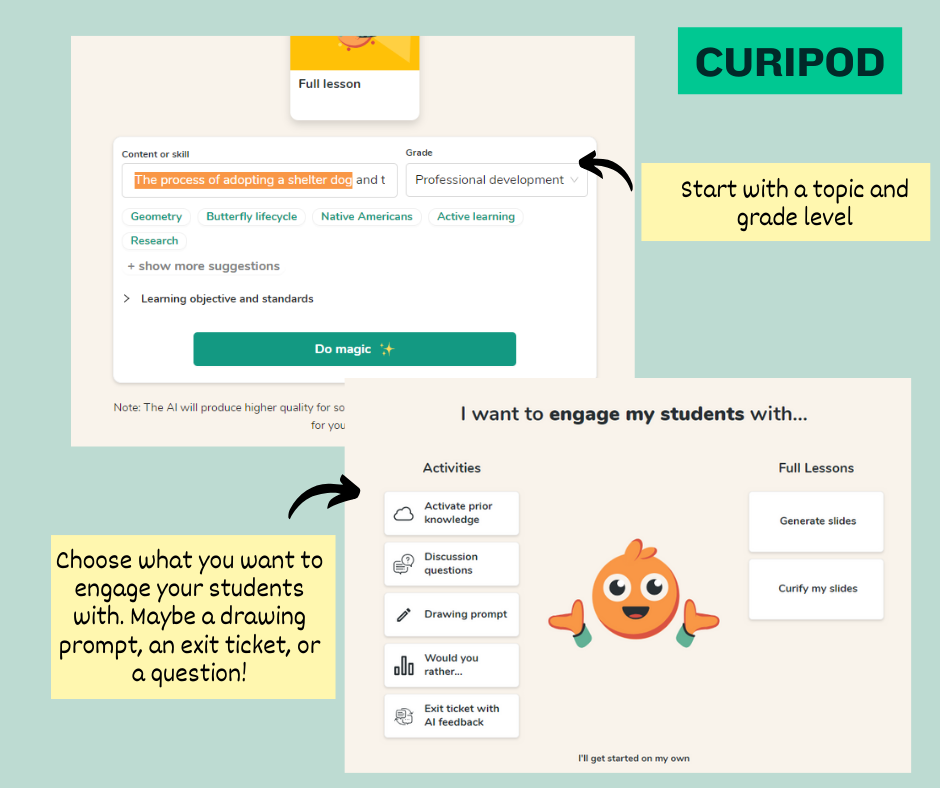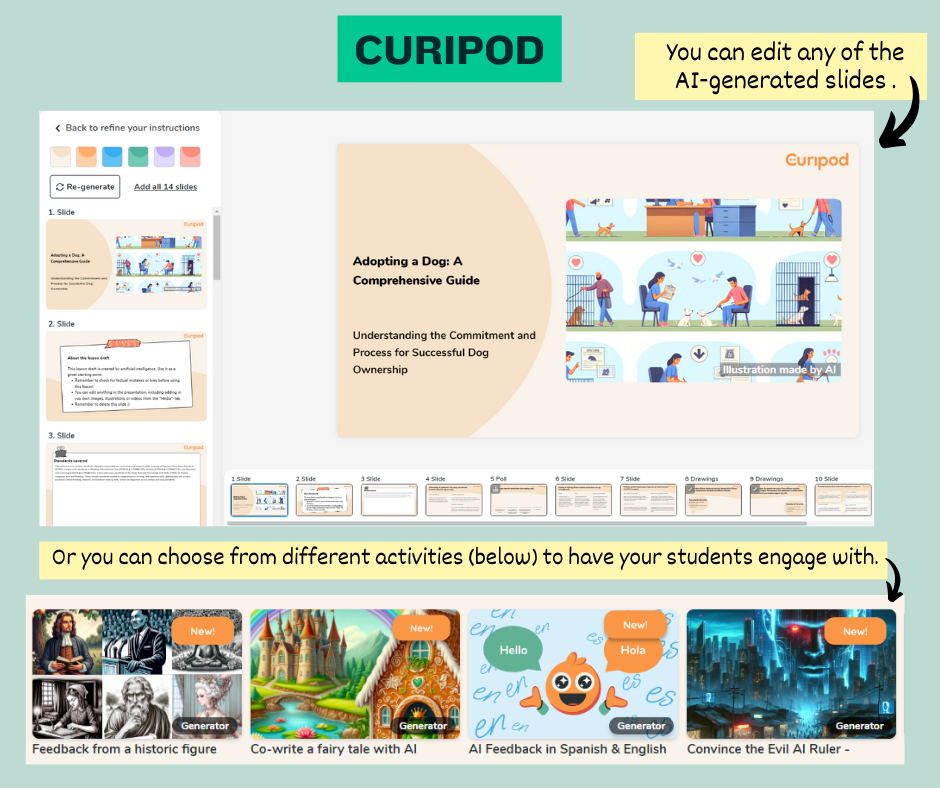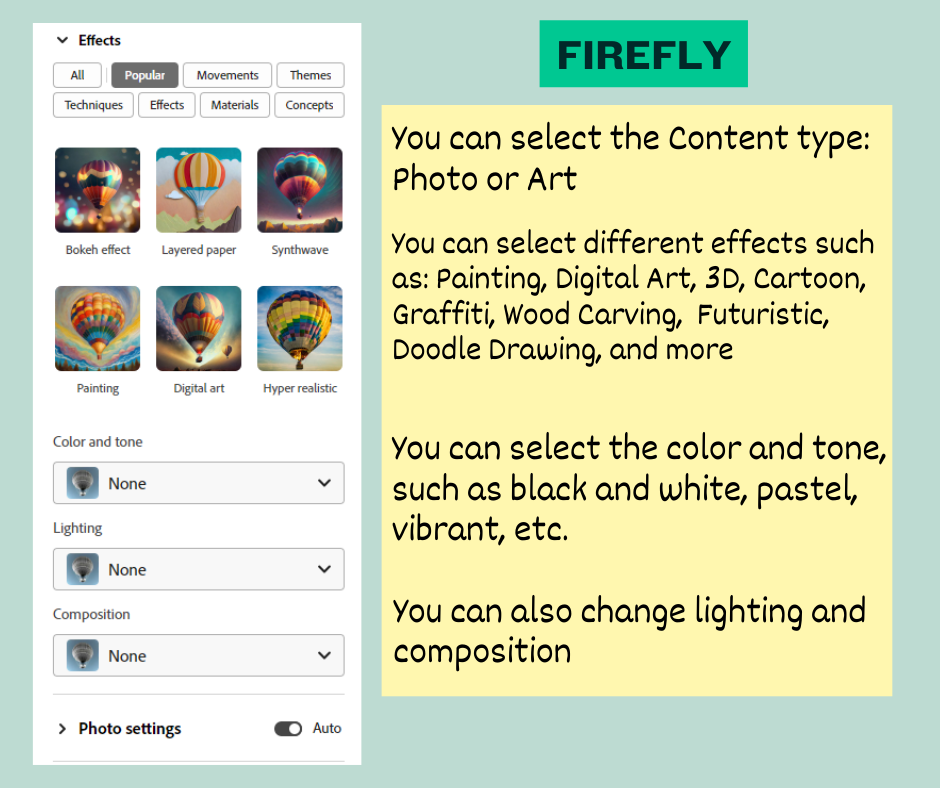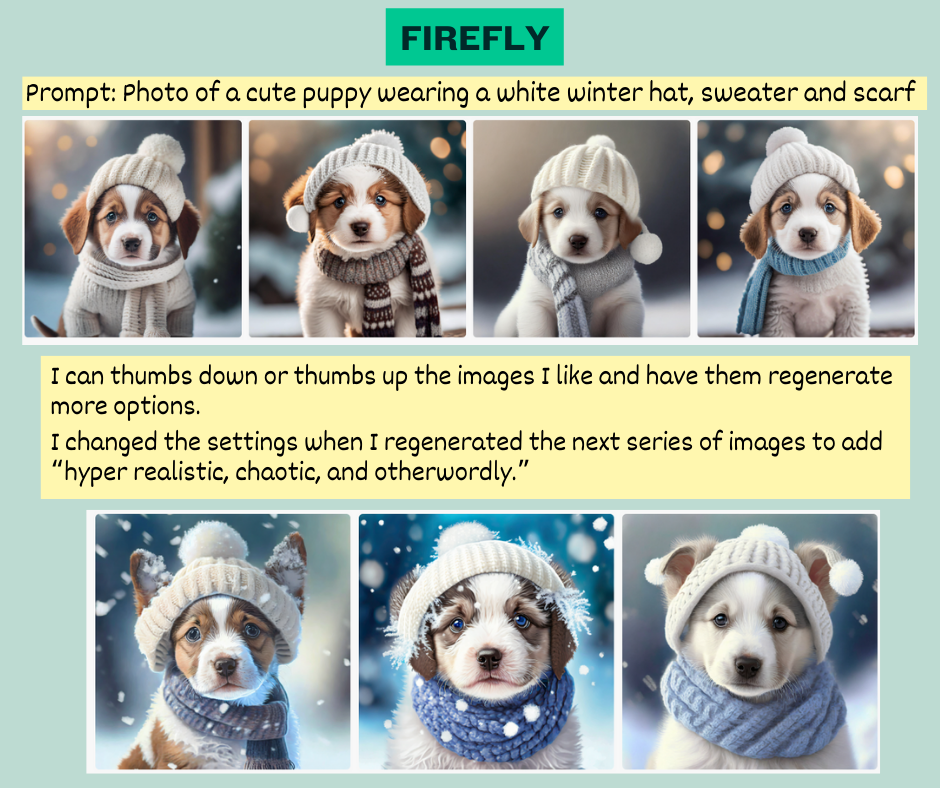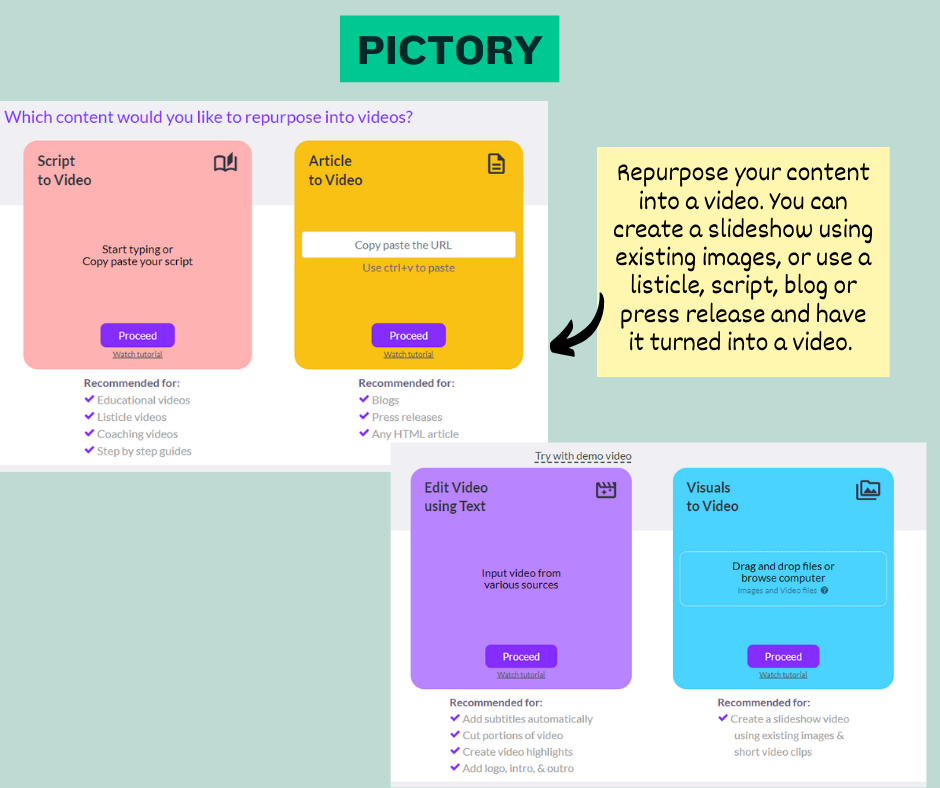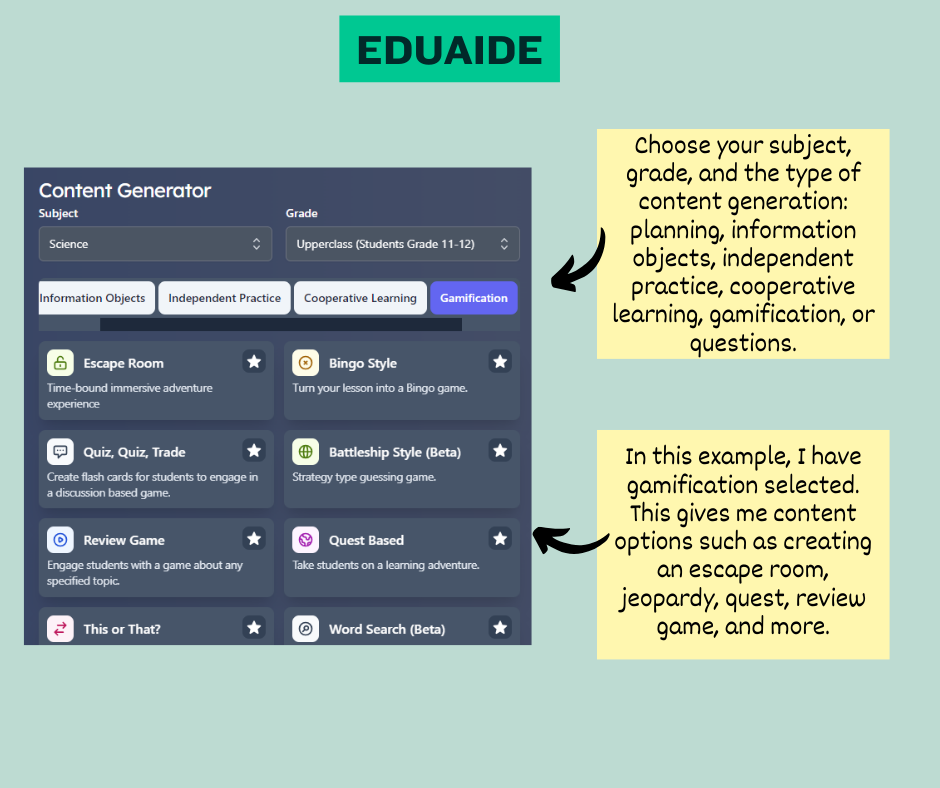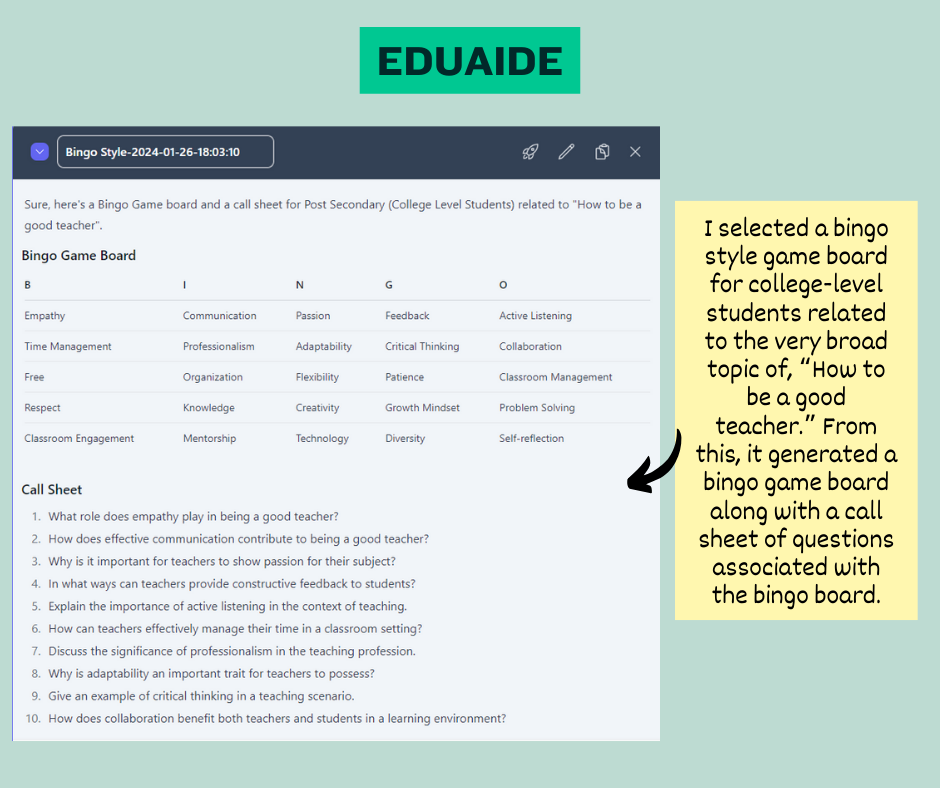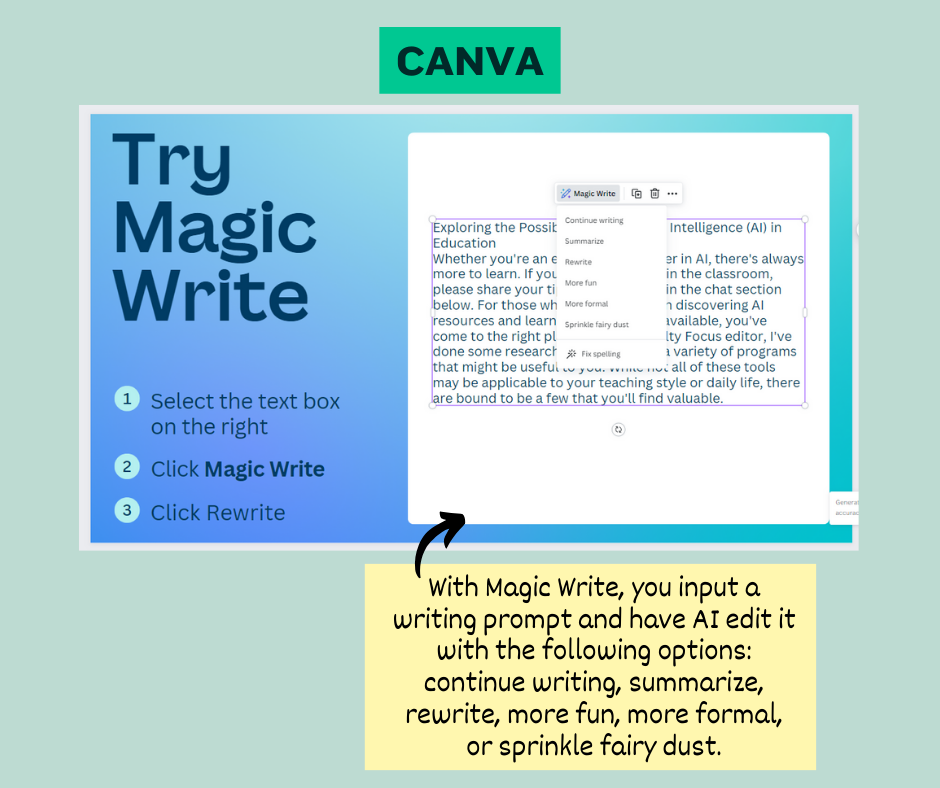While pursuing a degree goes beyond enhancing job opportunities, it remains a significant aspect of the academic experience and often influences evaluations of courses and institutions.
Course and module evaluation feedback forms can be very effective in eliciting student views in regards to learning guidance, provision of resources, clarity of assessment requirements, and relevance to programs. However, it’s important to note that while this evaluation provides valuable insights, it may not directly correlate with improved employability prospects. Even when courses contain modules dedicated to career development, it is crucial to consider aspects beyond learning outcomes, such as informational learning and even skills acquisition.
Self-efficacy, a belief-related theory demonstrated to strongly predict success, applies to various domains, including educational attainment and enterprise development. Albert Bandura (Bandura, 1997) who initially drew attention to self-efficacy in the educational field, depicted it as the representation of an individual’s belief in their personal capability to accomplish a job or a specific set of tasks. Bandura links increased self-efficacy to specific success through greater perseverance, a positive response to challenges, and control over motivation. An important conditional aspect is Bandura’s assertion that self-efficacy analysis–and development–should be domain-specific rather than generic. It could be beneficial to undertake initiatives aimed at assessing and tracking students’ career self-efficacy, emphasizing the experiences and events that contribute to its growth.
Bandura’s self-efficacy theory suggests there are four major drivers for building confidence to perform and persevere at a task: mastery experience, vicarious experience, verbal persuasion, and emotional arousal.
Career modules and self-efficacy
Many effective career modules are based around portfolios (often electronic) with components under the following themes:
- Application process work – including targeted CVs
- Career and personal development planning – including self-evaluations and action plans
- Sector/position-based research – e.g. role requirements and labor market trends
Effective career development and planning requires a goal-oriented approach. Understanding the skills and capabilities required for the target position should include both role and sector research, as well as the analysis of relevant vacancies on which the application process is focused.
The self-evaluation aspect of career and personal development planning should involve students mapping out their progress in relevant skills and capabilities linked to the goal position. The use of models such as Conscious Competence (as depicted in Conger and Mullen, 1981) can enable students to reflect on and recognize specific instances of mastery experience.
While confidence, as highlighted by the emphasis on self-efficacy, is crucial, it needs to be robustly based. Consequently, self-evaluations should be constructively critical, especially in terms of the current situation and goal. Therefore, a comprehensive career self-evaluation should assess the significance of identified weaknesses and strengths in achieving and being effective in the desired position. This type of focused gap analysis may be more valuable than a general self-SWOT (Strengths-Weaknesses-Opportunities-Threats); it also aligns with action planning to address development needs.
Regarding the research components of career portfolios, we recommend that students adopt a funnel-based approach. This means starting with a general graduate labor market analysis, particularly focusing on graduate and trainee management schemes and including skills that graduate employers are looking for. Survey research conducted by employer organizations, such as the Chartered Management Institute in the UK and the US Chambers of Commerce in the USA, is valuable because it elicits employers’ perspectives. Thereafter, we propose a more targeted exploration that examines role/sector labor market intelligence supply and demand factors and the skills that are highly valued for graduates in these specific fields. Although looking at published vacancies and their job descriptions/specifications are useful, graduate career websites such as Prospects (UK) and Prosple (USA), along with their dedicated job sectors and job profiles, provide well-informed insights and developments.
Creating a viable portfolio requires students to assess themselves in conjunction with a well-informed understanding of the work and career environment. This process can boost self-efficacy by reflecting on mastery experiences and offering positive feedback.
Tracking tools
Imperial College London (2023) has developed a general self-efficacy questionnaire that asks respondents to gauge their confidence levels (ranging from: not at all; slightly; somewhat; quite; extremely) in regard to their abilities, including statements such as:
- Achieves most goals they set themselves
- Accomplishes difficult tasks
- Achieves outcomes important to them
- Succeeds in most endeavors to which they apply themselves
- Successfully overcomes many challenges
- Continues to perform well when things are tough
We note that several of these questions/statements overlap with one another. It is also fairly evident that these elements could be adapted or contextualized to cater to career self-efficacy for students, aligning with Bandura’s perspective that self-efficacy analysis requires the research to be domain specific.
There have been career and occupation-focused research studies in self-efficacy, including some intricate empirical work (Abele and Spurk, 2009). Across these studies, significant ideas of relevance include self-confidence in one’s ability and progress to date, in themes of: adapting, responding, and having the resilience to deal with challenges; possessing and/or acquiring necessary skills for roles; gathering and processing information to make correct decisions regarding relevant roles; getting onto and moving forward in a trajectory path towards career success; and performing well in roles and selection processes on the way to one’s goals. We advise that these components be used in the design of tools to assess and track student career self-efficacy.
Recent developments in career learning
Following direction from the professional body (Advance HE/Higher Education Academy, 2017), several higher education institutions in the UK have recently implemented career-oriented initiatives. These initiatives involve the creation of graduate attribute framework schemes and graduate award schemes, often bearing the name of the individual institutions but distinct from the degree qualifications. These schemes center on students throughout their degree program evidencing acquisition of skills, capabilities, and qualities relevant to graduate employability. Many of these attributes may be developed within the programs and their assessments, while others may be pursued by activities beyond that. Examples include fortitude, criticality, presentation, personal values, and team work.
Again, we note the potential for mastery experience reflection here, and perhaps the scope for self-efficacy tracking through such schemes.
Conclusion
Exploring student career self-efficacy throughout a student’s academic journey is a valuable complement to evaluating grades and assessing their progress and performance. While short-term or reactive approaches to such data may be discouraged because of career reassessment, a necessary part of development, the evidence on this may be key to shaping effective career support during degree studies, both within the curriculum and beyond.
Russ Woodward has degrees in economics from the UK Universities of Cambridge and Exeter. Since 2002, he has taught on business degrees at University Centre, Grimsby: The TEC Partnership. Woodward has written a number of papers on teaching business in higher education for the UK, USA, and Australian periodicals.
Mandy Boyd has a bachelor’s degree in business from Hull University, UK and an MBA from Anglia Ruskin University, UK. She teaches for the business and management school at the University of Lincoln, UK. For several years she taught marketing and careers modules on the business management degrees at University Centre, Grimsby, The TEC Partnership, UK, at which she was also program leader for the business with marketing degree strand.
Reece Leggett has a bachelors degree in tourism and business management, and a post graduate certificate in education from the University of Hull, UK. He has previously worked as programme leader and curriculum manager for business at TEC Partnership’s Grimsby Institute Campus and more recently business development officer at the University of Lincoln, UK, where he is now student enterprise manager & module leader.
References
Abele, Andrea E., and Daniel Spurk. “The longitudinal impact of self-efficacy and career goals on objective and subjective career success.” Journal of vocational behavior 74, no. 1 (2009): 53-62.
Advance HE/ Higher Education Academy. Graduate Attributes Framework. (2017). Available at: https://www.advance-he.ac.uk/knowledge-hub/graduate-attributes-framework
Bandura, Albert. Self-efficacy: The exercise of control. (1997). New York: W. H. Freeman.
Conger, D. Stuart and Mullen, Dana. “Life skills”. International Journal for the Advancement of Counselling. 4 (4) (1981) 305–319.
Imperial College London. Educational Self Efficacy Scale. Centre for Higher Education Research and Scholarship (2023). Available at: https://www.imperial.ac.uk/education-research/evaluation/what-can-i-evaluate/self-efficacy/tools-for-assessing-self-efficacy/general-self-efficacy-scale/
The post I Can Get There: Developing and Assessing Student Career Self-Efficacy appeared first on Faculty Focus | Higher Ed Teaching & Learning.
from Faculty Focus | Higher Ed Teaching & Learning https://s39613.pcdn.co/articles/educational-assessment/i-can-get-there-developing-and-assessing-student-career-self-efficacy/




